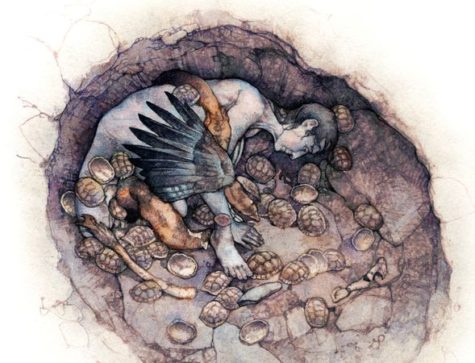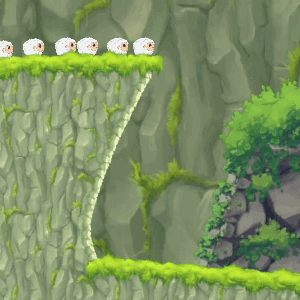Graveyard
Ancient Assyrians sent their dead to the afterlife with fearsome companions: turtles. Excavations of a burial pit in southeastern Turkey revealed skeletons of a woman and a child, plus 21 turtles, a team lead archaeologist Rémi Berthon of France’s National Museum of Natural History reports in the February Antiquity.
The burial is part of an Assyrian site called Kavuşan Höyük that dates to between 700 and 300 B.C. The turtle bonanza included shells from one spur-thighed tortoise (Testudo graeca) and three Middle Eastern terrapins (Mauremys caspica), plus bones from 17 Euphrates soft-shelled turtles (Rafetus euphraticus). Butchering marks on the R. euphraticus bones indicate that the turtles may have been eaten in a funerary feast, Berthon and his colleagues write.
Back then, turtles were a regular menu item in many parts of Mesopotamia. Turtle bones also were thought to ward off evil. The abundance of R. euphraticus turtles, a notoriously aggressive species, in this burial pit suggests the deceased had high social status.
To ancient Assyrians, these ferocious reptiles probably represented eternal life and served as psychopomps — mythical guides to the afterlife, the team writes.
Source: Science News



